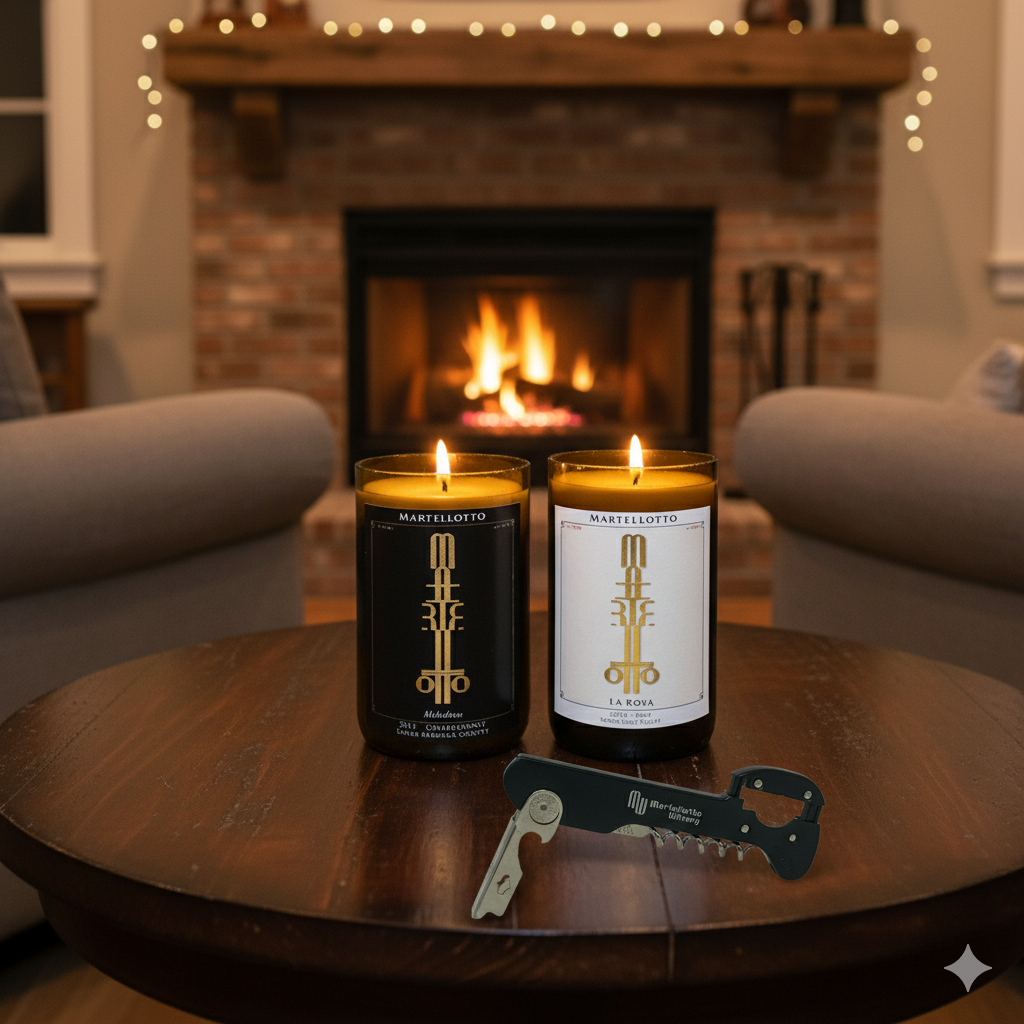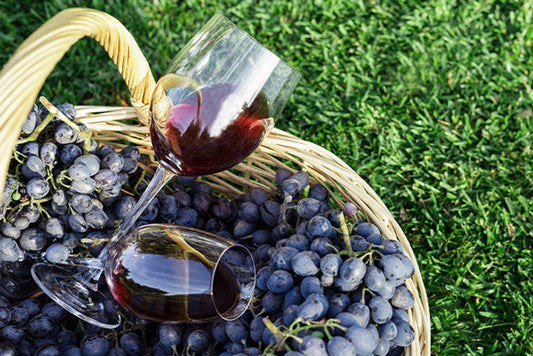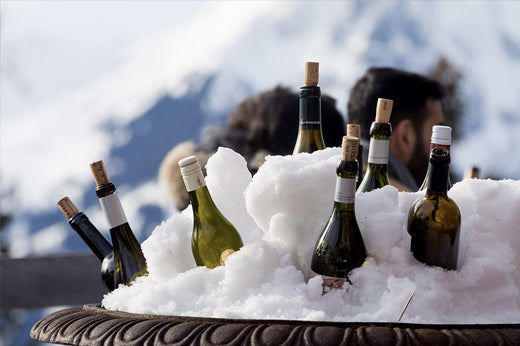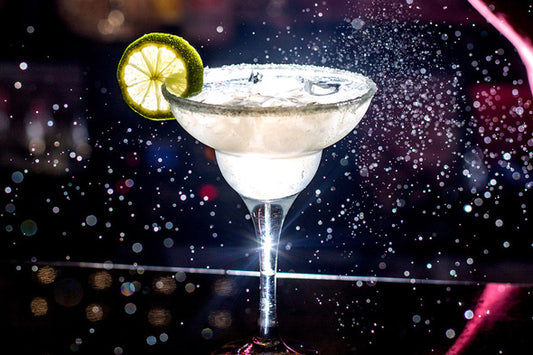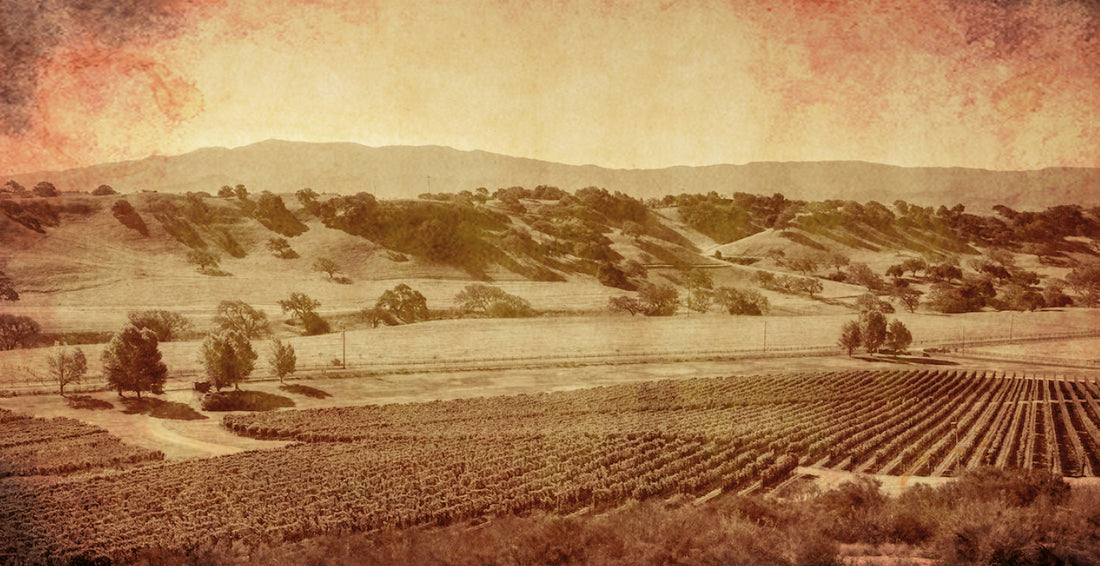
The History of Santa Barbara Wine Country, Part 1: The Early Years
Santa Barbara Wine Country may be the most dynamic wine region in California today. From the Wine Ghetto in Lompoc to the newest AVA, Happy Canyon of Santa Barbara, innovation abounds throughout the County.
While this Central Coast wine region is only 50 years old, it has become invaluable to California’s economy and wine industry. Growing from nothing after Prohibition, the wine business contributes $1.75B and 10,000 jobs to the state’s economy. (Alison Laslett, CEO of Santa Barbara Vintners)
In this three-part series, we’ll follow the path of this astonishing growth.
Rethinking Spanish Colonization
Given the massive cultural changes happening in 2020, the Spanish colonization of the New World looks different. We’ll not touch on that meaningful conversation here, but for California wine, the Spanish conquest was pivotal. Without it, the California wine industry might have evolved differently.
Though wild grapevines grew in the U.S. and California, native people didn’t know wine. They made a fermented beverage from cherries.
Europeans had a different experience. The Spanish, much like the Romans, carried Vitis vinifera grapevines on their explorations. Their Catholic church services required wine, and it was also their daily beverage.
The first vinifera wines brought to the New World came into Mexico, maybe during the 1520 expedition of Hernán Cortés. Records aren't clear about the date.
An essential part of the growth of the colonies, Spain and France supplied the raw material for wine. It was impossible to supply the amount of wine needed without local production. Experiments with local wild grapevines resulted in inferior quality wine.
Grapevines came into the territory once called Alta California in 1782. The intrepid Franciscan friar of Spain, Father Junípero Serra, oversaw colonial expansion through building missions to convert natives to Catholicism. The first mission was built in San Diego in 1769 and the last of 21 in Sonoma in 1823.
Serra earned the honor “Father of California Wine” because he planted the Spanish grape, Listán Prieto, wherever he could. The grape became known as the “Mission” grape because all 21 missions had vineyards, though not all thrived.
Serra may have planted the first vineyard at the San Diego mission in 1779, though records no longer exist. He died in 1784 at the age of 71 and was buried at mission #2 in Carmel.

The Missions of Santa Barbara County
Father Serra did not plant vineyards near any of the three missions in Santa Barbara County due to political troubles. He planted vineyards at only the first nine missions. But, he did plant a different vineyard near the city in 1782, two years before his death.
The Santa Barbara missions were:
| Name - Order # | Founded | Vineyard | Notes |
| Santa Barbara - #10 | 1786 | San Jose Vina Aroya La Cieneguita |
Second largest vineyard production of the 21 missions |
| La Purísima Concepcíon - #11 | 1787 | Jalama San Francisoto |
Near Lompoc, the largest mission of the three |
| Santa Inés - #19 | 1804 | Refugio Tajiguas Arroya Hondo |
Near Solvang, built to reduce overcrowding at the other missions |
The sale of wine, and brandy, brought much-needed income into the missions. The popular wines made from the Mission grape were sweet and light with low acidity.
Secular producers of wine and vineyards included several Comandantes of the three military presidios established by the Spanish in Santa Barbara.
Spanish land grants allowed owners to establish ranches throughout the town and the county. Some vineyards and wine production took place at Refugio Canyon and along Zaca Creek.
The Mexican government mandated the missions be secularized in 1834. Over the next decade, missions and vineyards were abandoned, including those in Santa Barbara County.

The Gold Rush
The Mission grape lived on in California, especially in San Gabriel. Large-scale wine production continued thereafter the missions ceased religious operation.
Southern California had a thriving wine trade through the mid-18th century. Many immigrants planted vineyards there, as did the first American born on U.S. soil.
Many of these wine producers sold wine to the ever-growing numbers of prospectors searching for gold in the north. Northern California’s transition from gold to wine began in the mid-1800s, and, by the turn of the century, the north had become the dominant wine producer.
In the latter half of the 1800s, European immigrants planted vineyards and made wine in Santa Barbara County. Vine plantings reached 90,000 by 1858.
The vineyards of the Santa Barbara Mission in Goleta became the property of an Irish immigrant, James McCaffrey. He managed the San Jose vineyard and winery until his death. One of his workers, an Italian named Michele Cavaletto, took it over in 1900. He ran it until 1918, and it remains in the family today.
In 1984, Santa Barbara County named the winery building, the oldest man-made structure in the area, a historic landmark. Not open to the public, the Cavaletto family preserves the old adobe winery while managing the ranch. Wine is not part of their business today,
Around 1900, 13 vineyard production areas existed throughout Santa Barbara County. Prohibition wiped them out. Some people tried to hold onto their vineyards but with little success.
Pioneers After Prohibition: The Early Days
Prohibition, the Depression, and the Great Wars essentially ended the wine business in Santa Barbara County, and elsewhere.
The wine business didn’t reappear in Santa Barbara County until the 1960s. Setting the stage for the emergence of the new industry, UC Davis graduates plus grape growers from the San Joaquin Valley ventured in.
The first commercial vineyard, the famous Nielsen vineyard, lay east of Santa Maria. It was planted in 1964 by UC Davis graduates, Uriel Nielsen and Bill DeMattei. Part of the historic Rancho Tepusquet, they sold their first harvest in 1968 to Christian Brothers of Napa Valley. Nielsen’s family grew commercial food grapes in the San Joaquin Valley.
Another son of a San Joaquin grape-growing family, Louis Lucas, planted a vineyard in 1969 on Tepusquet Mesa. They hired Dale Hampton to manage it. Hampton started a wine-growing consulting company in 1972 that remains in business today.
The Miller family, long respected for wine grape-growing in Paso Robles, planted a vineyard in Santa Maria in 1973. They named the vineyard, Bien Nacido, a famous vineyard indeed.
In these early days, the focus was on grape-growing and selling. 1975 saw 32 growers and only four wineries.

The Founding 13 Wineries
By 1983, with notoriety building, wineries grew to 13. Together, these wineries founded the Santa Barbara County Vintners’ Association. The Santa Maria Valley AVA had already been established in 1981, and the Santa Ynez Valley AVA was established in 1983.
| Winery | Founded |
| Santa Barbara Winery | 1962 |
| Rancho Sisquoc Winery | 1968 |
| Santa Ynez Winery | 1970 |
| Sanford & Benedict | 1971 |
| Zaca Mesa Winery | 1973 |
| Ballard Canyon Winery (Rusack Vineyards) | 1974 |
| Brander Vineyard | 1975 |
| Firestone Vineyard | 1975 |
| Mosby Winery | 1976 |
| Houtz Vineyards (Beckman Vineyards) | 1984 |
| Byron Vineyard & Winery | 1984 |
| Gainey Vineyard | 1984 |
| Foxen Vineyards & Winery | 1985 |
Here is a look at these original 13 wineries.
1. Santa Barbara Winery - 1962
In 1962, a Canadian wine shop owner named Pierre Lafond founded the Santa Barbara Winery in present-day downtown. He purchased grapes from vineyards further south to make wine. A few of his customers had tried planting grapevines to no success. He finally planted a vineyard in 1972 in the Santa Rita Hills, west of Buellton.
2. Rancho Sisquoc Winery - 1968
With an impressive history, the land of Rancho Sisquoc Winery, near Santa Maria, hails from an 1852 Mexican land grant. San Franciscan James Flood founded a cattle ranch and farm on the property in 1952.
He started a vineyard in 1970 planted with Johannisberg Riesling and Cabernet Sauvignon, selling grapes to Geyser Peak in Sonoma. Vineyard manager Harold Pfieffer started experimenting with winemaking in 1972. A tasting room, perhaps the first, rose in 1977.
The San Ramon Chapel, shown on the label, was built in 1875. It became the County’s first official landmark in 1966. Mass continues to be held every Sunday.
3. Santa Ynez Winery - 1970
Claire Bettencourt and G. C. Davidge were ranch owners in the Santa Maria Valley. Purchasing property on the site of California’s first college, they created College Ranch in 1969. They sold grapes to Paul Masson Winery in Soledad.
In 1975, they created a winery called the Santa Ynez Winery due to its location in Santa Ynez. Fred Brander was the first winemaker, and Australian Mike Brown spent four years here. Mike worked with Ken Brown at Zaca Mesa and Bill Mosby, both Santa Barbara wine pioneers.
Bettencourt also started a winemaking cooperative in Santa Maria as an outlet for grape production.
4. Sanford & Benedict - 1971
Botanist Michael Benedict and Richard Sanford planted the famous Sanford & Benedict Vineyard in the Santa Rita Hills in 1971. Initial plantings included Chardonnay and Riesling, with Pinot Noir coming in 1972.
Sanford and Benedict were focused on making and selling wine, not growing and selling grapes. Their first vintage in 1976 caused people to take notice, raising the vineyard’s profile. Its Pinot Noir vines are the oldest in the County.
The partners split in 1980. The vineyard stayed with Benedict, while Sanford and his wife founded The Sanford Winery in Buellton, in 1981.
5. Zaca Mesa Winery - 1973
Oil executive Marshall (Lou) Ream, commercial real estate developer John Cushman, and other investors founded Zaca Mesa Winery in 1973. Their goal was experimentation.Ken Brown became the first winemaker in 1976, influencing the decision to plant Syrah. The well-known block called “Black Bear Block” was the first syrah vineyard. They built a winery in 1978.
Other major winemakers worked here over the years, including Jim Clendenen and Bob Lindquist.
6. Ballard Canyon Winery - 1974
In 1974, dentist Gene Hallock founded the Ballard Canyon Winery near Los Olivos, on land which Rusack Vineyards now owns. He specialized in Johannisberg Riesling.
7. Brander Vineyard - 1975
Owner and winemaker Fred Brander started one of the first estate vineyards, Brander Vineyard, in 1974 east of Los Olivos. He planted vines in 1975 and built the winery in 1979. Plantings included Sauvignon Blanc, Cabernet Sauvignon, Merlot, and Semillon.
Bordeaux varietals are still unusual for Santa Barbara County. Some original Sauvignon Blanc vines remain to this day.
8. Firestone Vineyard - 1975
Leonard Firestone, U.S. Ambassador to Belgium, purchased a ranch north of Los Olivos in 1971. He planted a vineyard in 1972 to grow and sell wine grapes further north. He created the first estate winery with his son, hiring Anthony (Tony) Austin as the founding winemaker.
9. Mosby Winery - 1976
Lompoc dentist, Bill Mosby, made wine while in college at Oregon State. Purchasing land in 1963 near the Santa Ynez River, he created a vineyard in 1971. Another vineyard came along in 1977 south of Buellton, where he built a winery.
10. Houtz Vineyards - 1984
Dave and Margy Houtz built Houtz Vineyards in Los Olivos in 1984 and hired John Kerr as a winemaker. Beckman Vineyards purchased the property in 1994.
11. Byron Vineyard and Winery - 1984
In 1984, (Byron) Ken Brown founded Byron Vineyard and Winery in Santa Maria. Brown purchased the historic Nielsen vineyard in 1989. He also later purchased Bien Nacido Vineyard and Julia’s Vineyard, both part of the original Tepusquet Ranch.
12. Gainey Vineyard - 1984
Daniel and Robin Gainey started the Gainey Vineyard in Santa Ynez in 1984, planting Sauvignon Blanc and Johannisberg Riesling. They may have been the first to blend wine and tourism through hosting concerts, cooking demonstrations, and wine classes.
13. Foxen Vineyards & Winery - 1985
English sailor, Benjamin Foxen became a naturalized Mexican citizen known as “Don Julian” and “Guillermo Domingo.” He first visited Santa Barbara in 1818. In 1837, he took ownership of Rancho Tinaquaic, of which 2,000 acres remain in the family today.
Dick Doré, Foxen’s great-great-grandson, and winemaker Bill Wathen established Foxen Vineyards & Winery in 1985 on the historic ranch. The winery’s brand is an anchor in honor of Don Julian.

Santa Barbara Wine Country: Making its Way
The Santa Barbara Wine industry has come a long way in a short time due to the vision and persistence of dedicated pioneers.We’ll move into the growth during the decades of the 1980s and 1990s in the next installment. As the industry matures, significant changes take place.
